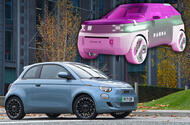Fiat design chief explains how spirit of Panda – and Centoventi concept – can live on alongside 500
Fiat is working towards offering two distinct families of cars – one inspired by today's 500 and the other by the original Fiat Panda.
The brand recently revealed five new concept cars inspired by the Panda, which are due to evolve into production cars in the next three years, but there remains room in the line-up for the 500 to evolve and spawn new derivatives as its ‘vintage’ appeal “will never dieâ€, according to Fiat design boss François Leboine.
He explained that he perceives Fiat as having two 'souls': the 'Dolcevita' ethos, as embodied by the 500 and its derivatives, and the 'more practical, functional' language that defined Giorgetto Giugiaro’s original Panda.Â
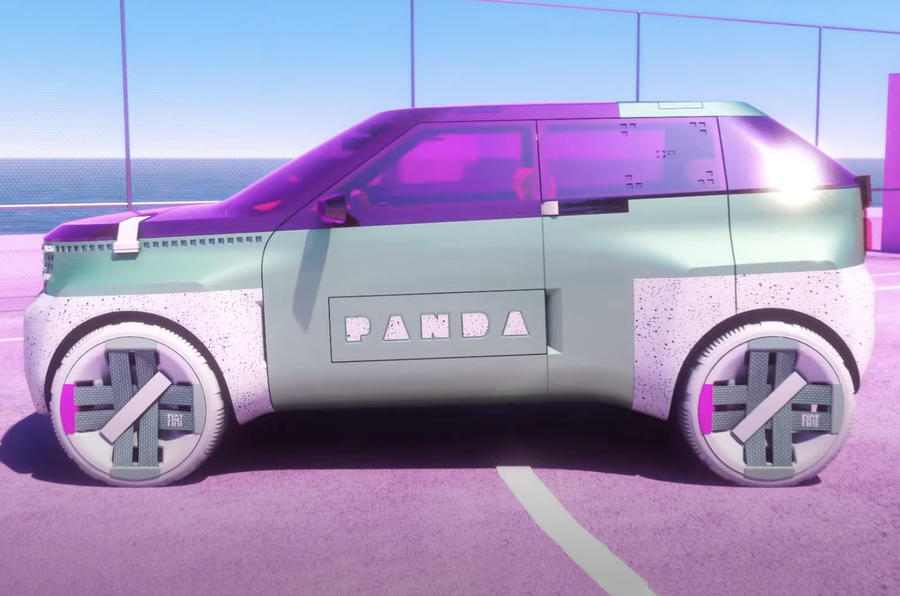
"These two souls of our brand are answering two different types of customers," he said. "We are super-happy to have this because it's two translations that are both, for designers, very cool to translate and play with."
He added that adopting different design languages for two distinct vehicle families means Fiat "will not be too repetitive and too boring".Â
Each of the Fiat’s five new concepts is designed with heavy inspiration from Fiat's old Lingotto factory in Turin, famous for its roof-top test track, which is mirrored in the design of certain ovoid interior elements.Â
Leboine also highlighted how the factory's windows have inspired the pixel-style headlights and brake lights, and generally how the building's utilitarian architecture manifests in a "form follows function" approach to the cars' designs.Â
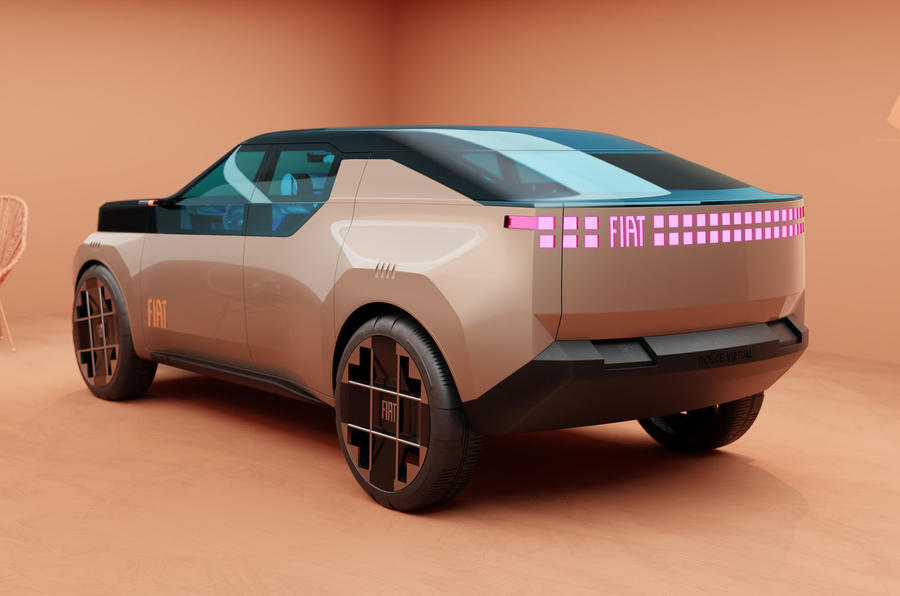
Leboine insisted, though, that despite taking influence from a century-old building and nodding heavily to Fiat’s utilitarian heritage, the brand is not switching to a retro design language for its future cars.
He said. "What we get from Lingotto is an eternal modernity. I don't think there is anything retro about what we've done. I'm quite comfortable with this.
"We use the past to tell a story, but actually the products we are doing are definitely modern and looking forward."
The Panda concept, which serves as the halo for this new family, gives the best idea since 2019's acclaimed Centoventi concept of what to expect from the third generation of Fiat's supermini .
The latest concept marks a substantial departure from that earlier show car, which was notably lower-slung and more rounded, but Leboine insisted that the "Centoventi is still in our mind".
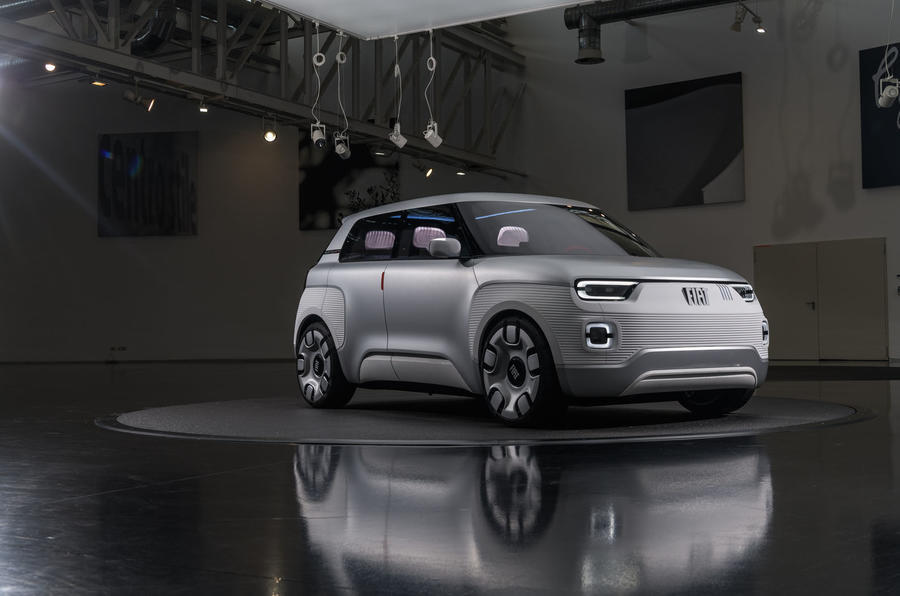
"The Centoventi is definitely embedded into these concepts," he told Autocar. "That was a great concept car that translated the strong philosophy of Fiat in terms of simplicity, affordability, flexibility – all these very smart and clever solutions that Fiat is very good at proposing."Â
He explained that when the Centoventi was unveiled, Fiat did not have the necessary resources to turn it into a production car, but having since become part of the 14-brand Stellantis portfolio, the marque now has "other opportunities" to shape the future of the Panda.
More specifically, Fiat has access to the value-focused Smart Car platform, which underpins the new Citroën C3 and Vauxhall Frontera, and can accommodate pure-combustion, hybrid and electric powertrains. This is crucial to giving Fiat the flexibility it needs to cater cost-effectively to differing global demands and legislation with its five new Panda-inspired models.
While Leboine was adamant about those cars not taking a retro approach, he suggested the style of today’s 500 – which is heavily inspired by its 1950s namesake – can live on as it still holds huge appeal for customers.
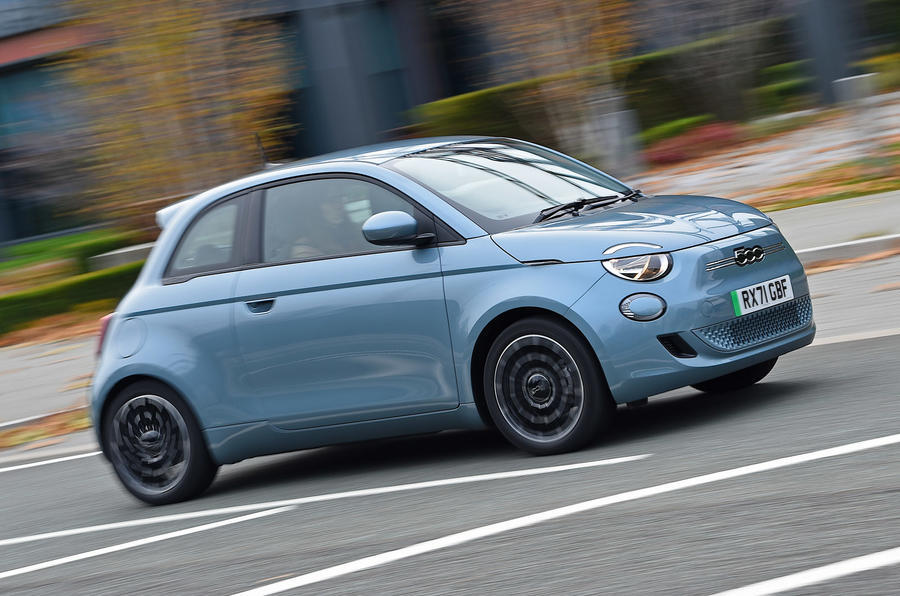
“If you're talking about the 500, it's another story. We talk to customers who are definitely in love with the vintage vibe of the 500, which will never die. It's a history that does not belong to a trend. It's just forever. This car is forever.
"I don't think the 500 can go down in terms of taste or trend."Â
Leboine also oversees design for Abarth but refused to be drawn on giving any clues to the look of Fiat's sporting sibling brand.Â
"I don't think it's the moment to talk about it, because I need content to tell you the story behind it," he said, suggesting the brand does plan to detail its design strategy in the near future.

